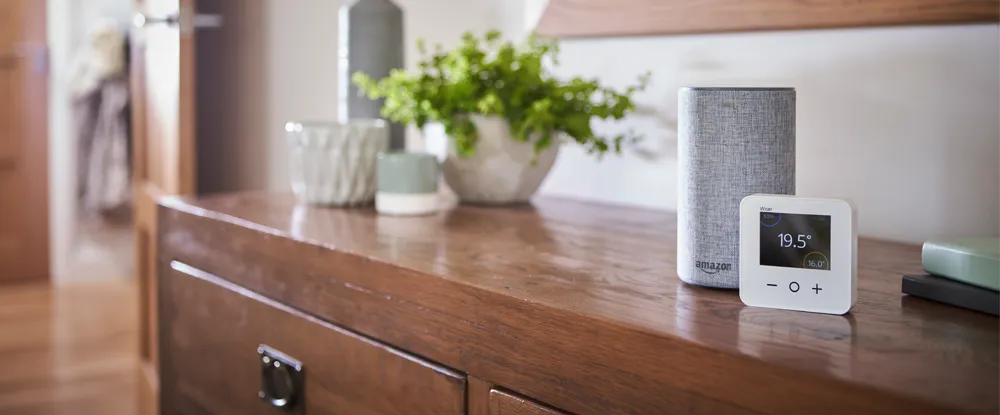ErP
Find out what ErP is and how it affects both you and your installer.
ErP stands for ‘Energy-related Products’, and the ErP directive is a new regulation set by the European Union. The regulations have been put in place in order to improve the efficiency of heating and hot water products.
The aim is to inform and educate homeowners about the efficiency of their appliances, by a placing a clearly displayed energy label on the product. Manufacturers must adhere to efficiency and emissions limits, which will be laid out in the ErP performance criteria.
Energy labelling
The new ErP regulations define the minimum energy performance criteria for a number of household products, including boilers, combination boilers, water heaters and other heating appliances up to 400kW.
Europe-wide energy labelling requirements are now in force for boilers, combination boilers, water heaters and other heating products in both the domestic and light commercial sectors up to 70kW.
For installers
It will be the installer’s responsibility to ensure any heating appliance that they fit has the correct energy label, which will be supplied with the item when it is purchased.
The installer will need to provide a package label too, when combining a heating appliance with another product such as a thermostat, programmer, or cylinder.
The package label must include the combined energy efficiency rating of the whole system, as opposed to just the individual ratings of each component.
If the merchant is the one who puts together a package of products, they will be responsible for creating the package label. However, if the installer buys a suite of products separately, the onus is on them to produce the package label.
Producing a package label
To calculate the overall package efficiency, the installer must record each product on a document known as a fiche.
This document allows installers to clearly show their energy efficiency calculations, and to mark the package label with an arrow corresponding to the efficiency class.
It is then the installer’s responsibility to alert the customer to the label and explain the calculations if required.
You can print industry standard labelling here.
Heating controls and packages
Heating controls have a big effect on boiler efficiency, and so this can affect the labelling requirements for packages.
An example of a simple package is a boiler and a thermostat, which is a very common installation in the UK. When creating the package fiche, the installer needs to complete the following calculation:
- Insert the energy efficiency % of the boiler, eg 88%
- Add the Temperature Control Class, eg 2%
- Add them both together = 90%
- 90% gives you an A rating for the package
- Temperature Control Class
- There are eight classes (1 to 8) with corresponding percentages that can be inserted in the package fiche. Drayton thermostats are mainly Class 4 which means 2% is added in the fiche.
Help is at hand
Drayton’s role as a heating control manufacturer is to advise the installer of the class of each of its thermostats. The temperature class is found in the product instructions (in the box), in the catalogues and datasheets, on the website, and on the cartons too. (A full list of the rating of all Drayton producst can be downloaded here)
If you have any other questions regarding ErP, creating a package fiche, or the Temperature Control Class of Drayton products, contact our technical team on 0333 7000 622.
